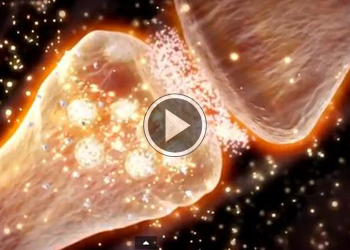 Mechanisms of Human Physiology
Human physiology includes the study of individual molecules–for example, how a particular nerve′s cell shape and electrical properties allow it to function as a signal molecule where cell communication.
Mechanisms of Human Physiology
Human physiology includes the study of individual molecules–for example, how a particular nerve′s cell shape and electrical properties allow it to function as a signal molecule where cell communication.
As applied to human beings, its scope is extremely broad. At one end of the spectrum, it includes the study of individual molecules–for example, how a particular protein’s shape and electrical properties allow it to function as a channel for ions to move into or out of a cell.
At the other end, it is concerned with complex processes that depend on the integrated functions of many organs in the body–for example, how the heart, kidneys, and several glands all work together to cause the excretion of more sodium in the urine when a person has eaten salty food.
Physiologists are interested in function and integration– how parts of the body work together at various levels of organization and, most importantly, in the entire organism. Thus, even when physiologists study parts of organisms, all the way down to individual molecules, the intention is ultimately to apply the information they gain to the function of the whole body.
In this regard, a very important point must be made about the present and future status of physiology. It is easy for a student to gain the impression from reading the content that almost everything is known about the subject, but nothing could be farther from the truth for physiology. Many areas of function are still only poorly understood, such as how
the workings of the brain produce conscious, thought and memory.